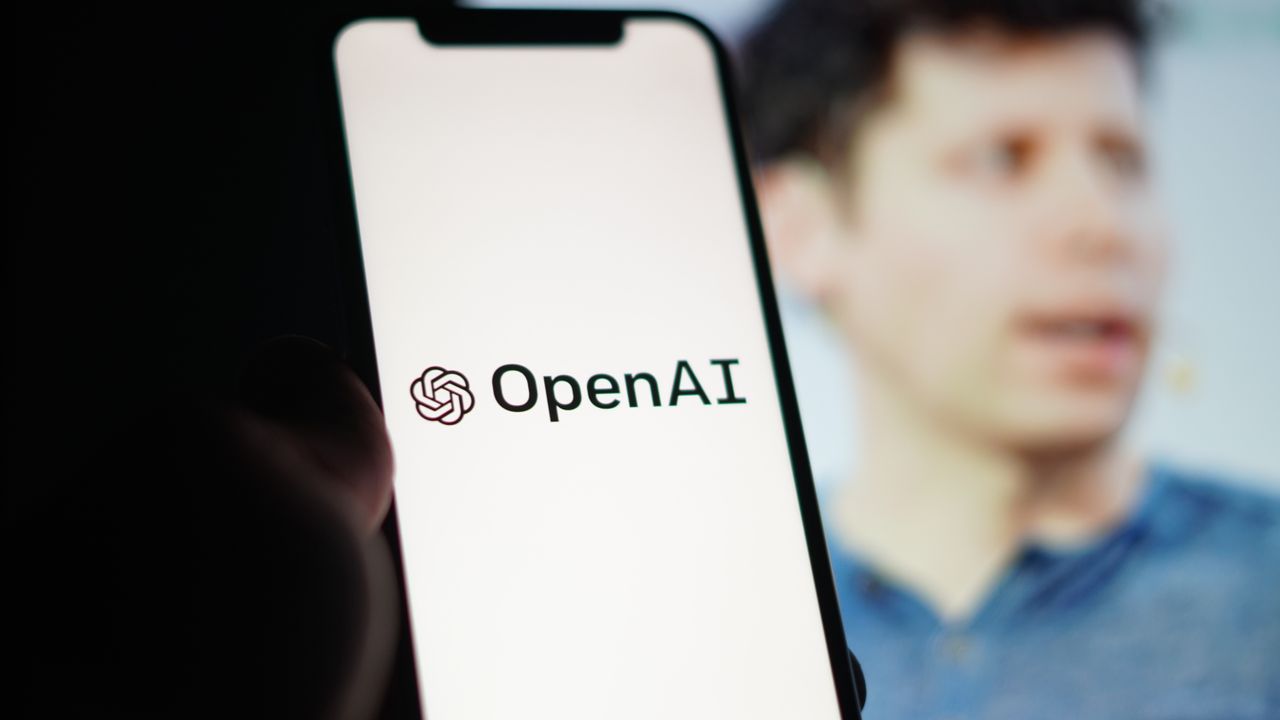
- Microsoft and OpenAI have a new agreement that requires OpenAI to obtain independent verification to achieve artificial general intelligence (AGI)
- The updated partnership gives Microsoft extended intellectual property rights through 2032 and ensures that it will not lose access to OpenAI models once AGI is reached.
- OpenAI’s new public benefit structure and ongoing agreement with Microsoft allow both companies to pursue AGI independently.
In a turning point in an era of AI development, Microsoft and OpenAI have signed a new agreement that renews their partnership and sets a new standard for what would be the most momentous moment in artificial intelligence.
The new agreement states that if OpenAI claims to have achieved artificial general intelligence (AGI), external experts will now have to approve it. The company cannot simply declare it unilaterally.
The AGI deal is arguably one of the most significant updates to the extensive contract formalized this week along with OpenAI’s long-awaited corporate restructuring as a for-profit company.
The joint announcement simply states that, “Once OpenAI declares AGI, that declaration will now be verified by a panel of independent experts.” If OpenAI says it has AI smart enough to rival humans, Microsoft won’t just take its word for it.
But the measure goes beyond simple precaution. Until now, the so-called ‘AGI clause’ in Microsoft’s original investment agreement was a rather vague trigger that could only be triggered by OpenAI. He said that if OpenAI claimed to have achieved AGI, Microsoft could lose access to future models or intellectual property rights.
The idea that OpenAI had such control over the future of Microsoft’s AI and could do so almost arbitrarily was uncomfortable for Microsoft. Uninterested in being left out the moment AI reached new heights, the company renegotiated so that OpenAI now agrees that while it still makes the initial call on AGI, it requires expert approval before making it official.
All by AGI
Even after independent verification, Microsoft does not lose access to OpenAI technology. Microsoft’s intellectual property rights for models and products now extend through 2032, including post-AGI models, with some limitations and exceptions.
The new agreement may seem remote from a consumer perspective, but it should actually be reassuring. It suggests that even as OpenAI’s models become stronger, there will be at least some external controls on it and its capabilities, even if it is not the regulatory oversight that many expect.
Still, that means fewer surprises, more transparency, and hopefully less confusion about whether you’re using a superintelligence or just a very useful, well-mannered autocomplete engine.
The agreement also helps solidify the definition of AGI. Instead of a vague buzzword, it’s a formal and technical milestone. AGI needs to show that it has created something that can think across domains, learn independently, and reason like a human or better, not just make empty boasts.
Of course, there are still many open questions about who will be on the panel, who will choose it, and how they will make their decision. One can only hope that the very existence of this panel marks a phase in AI development where there is double-checking by outsiders and not just internal enthusiasm.
For Microsoft, the contractual right to pursue AGI independently or with other partners comes in handy as more players enter the AGI race. And OpenAI can now explore open models and third-party collaborations on non-API products. The divergence makes it more essential than ever to be clear about who owns what rights.
This restructuring probably won’t change the way you interact with ChatGPT today. But tomorrow it could change the way you trust him. When someone at OpenAI officially says, “This AI is as smart as a human,” you know there’s some review to back up their boast. It’s not quite a real responsibility, but like AGI itself, it’s expected to mimic the real thing enough that it doesn’t matter.
Follow TechRadar on Google News and add us as a preferred source to receive news, reviews and opinions from our experts in your feeds. Be sure to click the Follow button!
And of course you can also follow TechRadar on TikTok for news, reviews, unboxings in video form and receive regular updates from us on WhatsApp also.



